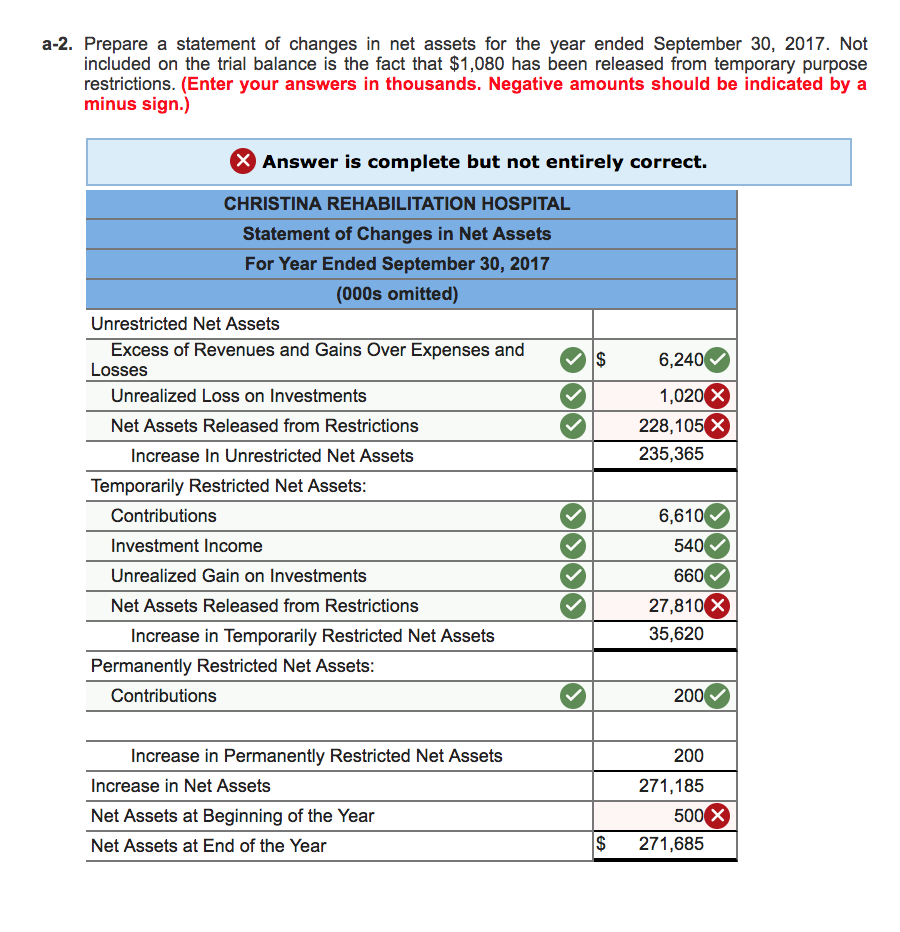
Bad Debt Expense increases (debit) as does Allowance for Doubtful Accounts (credit) for $58,097. Now, small business captain, set sail toward a brighter, more accurate future as you navigate debt, cash flow problems, and maybe even the occasional kraken, like a total pro. If receivables are recorded net of discounts, it may be necessary to establish a supplemental how to calculate uncollectible accounts expense allowance to show the additional amount collectible because the discounts have been missed. Another approach that may be acceptable (e.g., due to a lack of materiality for a small or medium-sized business) is to record a credit to Miscellaneous Revenue. If all or part of a previously written off account is actually collected, several procedures are possible.
Percentage of Sales Method
This is because the expense was already taken when creating or adjusting the allowance. Because you set it up ahead of time, your allowance for bad debts will always be an estimate. Estimating your bad debts usually involves some form of the percentage of bad debt formula, which is just your past bad debts divided by your past credit sales.
How do I record Uncollectible Accounts Receivable in my accounting records?
Classifying accounts receivable according to age often gives the company a better basis for estimating the total amount of uncollectible accounts. For example, based on experience, a company can expect only 1% of the accounts not yet due (sales made less than 30 days before the end of the accounting period) to be uncollectible. At the other extreme, a company can expect 50% of all accounts over 90 days past due to be uncollectible. For each age category, the firm multiplies the accounts receivable by the percentage estimated as uncollectible to find the estimated amount uncollectible.
How to Calculate Bad Debt Expense
- Thismeans that BWW believes $48,727.50 will be uncollectible debt.Let’s consider that BWW had a $23,000 credit balance from theprevious period.
- However, some companies use a different percentage for each age category of accounts receivable.
- Companies that need to adhere to GAAP guidelines and provide accurate, reliable financial statements typically use the Allowance Method to estimate uncollectible accounts and ensure proper matching of expenses and revenues.
- ABC writes off the account by debiting the allowance for doubtful accounts account and crediting the accounts receivable account for $500.
The net effect of this transaction is to reduce the accounts receivable balance and the allowance for doubtful accounts by $1,000. The net effect of this transaction is to reduce the accounts receivable balance and the allowance for doubtful accounts by $500. The net effect of this transaction is to reduce the accounts receivable balance and the allowance for doubtful accounts by the same amount. Once the company has identified accounts that are likely to be uncollectible, it needs to estimate the amount of uncollectible accounts. Accounting for uncollectible accounts involves estimating the amount of uncollectible accounts and creating an allowance for doubtful accounts.
2: Account for Uncollectible Accounts Using the Balance Sheet and Income Statement Approaches
This entry is a reversal, in the amount of $400, of the entry to write off the receivable. The entry on April 14, 2020 just decreases the Allowance account and the Accounts Receivable account by the same amount, $6,000. Because this is the first year of the firm’s operations, the balance in the Allowance account equals the amount of the Journal entry. Another title for this account is Bad Debt Expense, This account is closed to Income Summary and is generally shown as a selling expense on the income statement. For instance, let’s say you wrote off an account earlier in the year, but then the company paid unexpectedly. For the past 52 years, Harold Averkamp (CPA, MBA) hasworked as an accounting supervisor, manager, consultant, university instructor, and innovator in teaching accounting online.

This means the receivables method includes previous year’s balances, including debt balances, giving you a more holistic view of your company’s bad debt. Unlike the percentage of sales method, which only looks at the current year’s bad debt, the percentage of receivables method looks at all your company’s bad debt. Barring any major shifts in the current year over last year, this can give you a more realistic idea of the bad debt you need to build in to your budget. Bad Debt Expense increases (debit), and Allowance for DoubtfulAccounts increases (credit) for $48,727.50 ($324,850 × 15%).
They refer to recognizing an expense when the balance of accounts receivable or notes receivable becomes uncollectible. The allowance for bad debt is an adjusting entry known as a contra asset account listed on the balance sheet that reduces the accounts receivable to the net realizable value or realizable value of accounts. While these expenses are listed on the income statement, accurate presentation of uncollectible accounts expense is critical for the financial statements’ sales method analysis. With this method, accounts receivable is organized into categories by length of time outstanding, and an uncollectible percentage is assigned to each category. For example, a category might consist of accounts receivable that is 0–30 days past due and is assigned an uncollectible percentage of 6%. Another category might be 31–60 days past due and is assigned an uncollectible percentage of 15%.
This is done by using one of the estimation methods above to predict what proportion of accounts receivable will go uncollected. For this example, let’s say a company predicts it will incur $500,000 of uncollected accounts receivable. If it does not issue credit sales, requires collateral, or only uses the highest credit customers, the company may not need to estimate uncollectability.
However, if the situation has changed significantly, the company increases or decreases the percentage rate to reflect the changed condition. For example, in periods of recession and high unemployment, a firm may increase the percentage rate to reflect the customers’ decreased ability to pay. However, if the company adopts a more stringent credit policy, it may have to decrease the percentage rate because the company would expect fewer uncollectible accounts. This is different from the last journal entry, where bad debtwas estimated at $58,097. That journal entry assumed a zero balancein Allowance for Doubtful Accounts from the prior period.


Commenti recenti